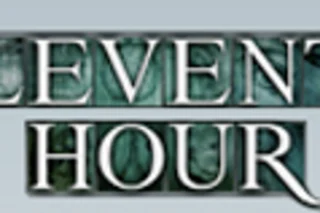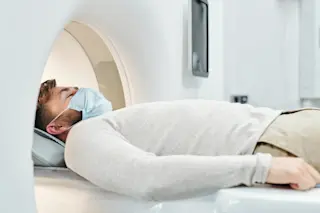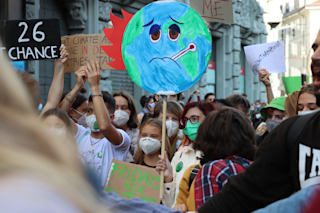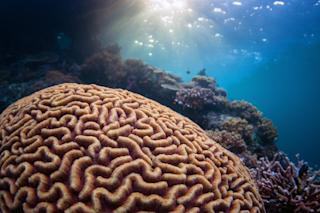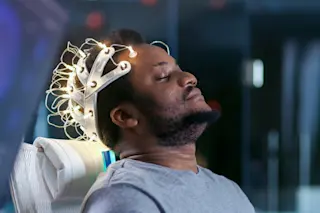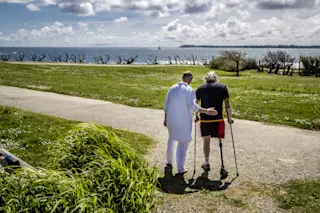Last night's episode of Eleventh Hour took a plot from the first episode and took it to the next level: From a failed human cloning experiment to success. We learn within the first ten minutes of the episode that Dr. Jacob Hood's nemeiss, the evil geneticist known as Gepetto, has cloned humans, implanted the embryonic clones into women, and successfully brought them to term. We learn later that Gepetto cloned the babies with her own DNA so she can harvest one of them for a new pancreas, which she needs to live. Of course taking a pancreas means killing the baby, so Gepetto would be guilty of murder along with any number of additional violations of the law. While the nature of Gepetto's actual disease escaped me, it's worth taking a moment to think about whether she actually chose the most efficient route to curing herself. Her goal was to ...
Eleventh Hour: Who Needs Clones?
Discover how therapeutic cloning offers a promising alternative to controversial human cloning experiments in medicine.
More on Discover
Stay Curious
SubscribeTo The Magazine
Save up to 40% off the cover price when you subscribe to Discover magazine.
Subscribe

